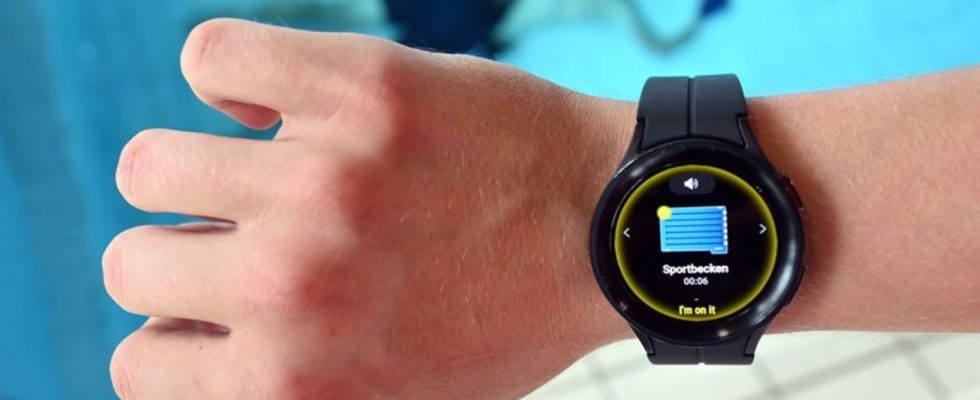Technology
AI is supposed to help save drowning people in the swimming pool
AI-supported technology should identify situations in the swimming pool as a danger before the actual emergency. photo
© Uli Deck/dpa
Drowning detection systems have been around for several years. But now AI-supported technology should also be able to prevent potential dangerous situations.
With the help of video cameras and artificial intelligence (AI) in In swimming pools, rescuers should be able to intervene more quickly in emergencies and, for example, protect people from drowning.
The Panorama-Bad Freudenstadt, which has been testing the new technology for a few days, is a pioneer in Baden-Württemberg. Experts warn that this cannot replace staff.
15 cameras in Freudenstadt should keep an eye on what is happening in four pools, as Tobias Degout, head of Stadtwerke Freudenstadt’s pool operation, said. For example, they registered the number of people in a pool and alerted the supervisors to overcrowding by sending a signal to their smartwatch – an intelligent wristwatch. In further stages, caution is required if, for example, a child approaches the edge of the pool without armbands, or warnings if a body lies motionless on the floor for 20 seconds.
AI should preventively recognize dangerous situations
Drowning detection systems have been around for around 20 years. According to Frank Eighteen, what is new about the AI-supported technology is the preventive approach – i.e. identifying possible movement sequences as a danger before the actual emergency occurs. “This is how we gain seconds, which can be vital,” said the head of the regulations and advice department at the German Society for Bathing (DGfdB).
According to him, so far only a few other swimming pools in Germany have used this type of technology, for example in Wiesbaden (Hesse) and Lippstadt (North Rhine-Westphalia). According to the working group for public baths in Baden-Württemberg in Karlsruhe, the system is to be used in two pools in September and October for two pools each in the south-west. “If it proves successful, more baths and pools are planned,” said Necdet Mantar, the chairman.
“It’s great support when it’s busy,” said Freudenstadt pool manager Degout. If a lifeguard has to talk to guests or put plasters on a wound, he doesn’t immediately realize what’s happening on his back. Eighteen expressed a similar opinion: “The system recognizes many situations that we would not have noticed before.” According to the DGfdB, camera-based systems that recognize a drowning person on the pool floor now achieve a recognition rate of over 95 percent. “And perhaps even more can be expected from the systems of the new generation.”

